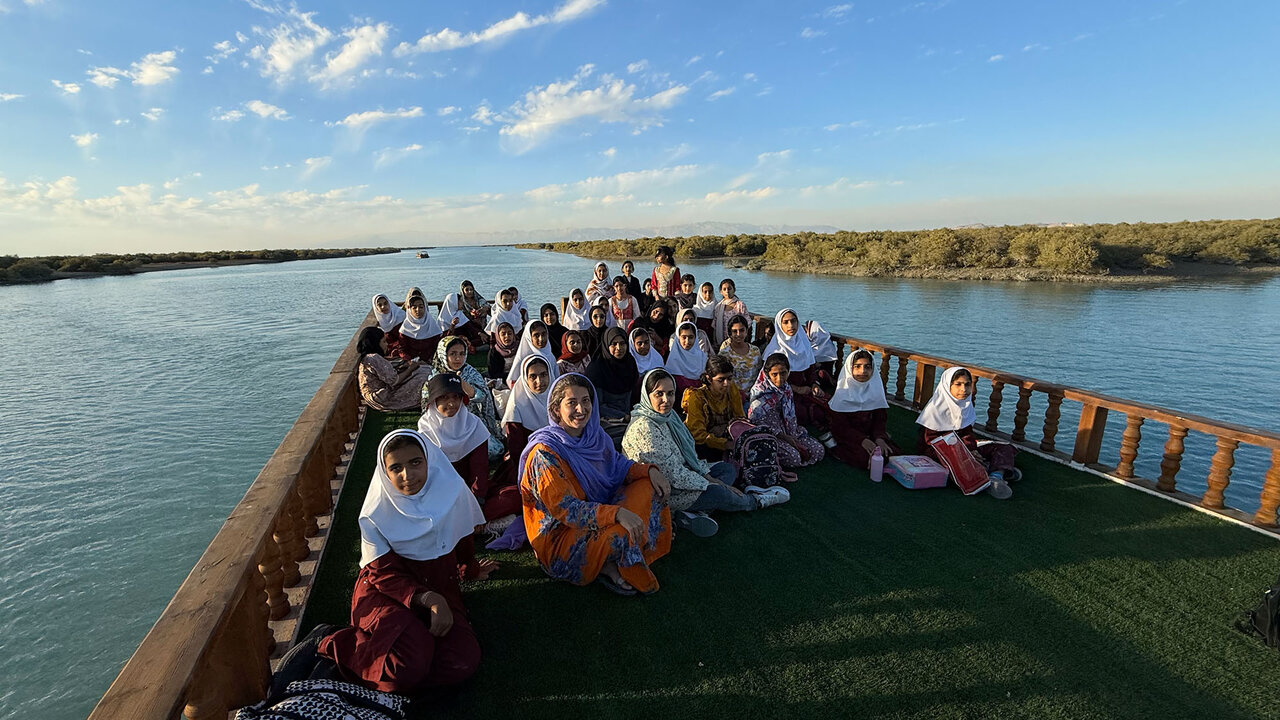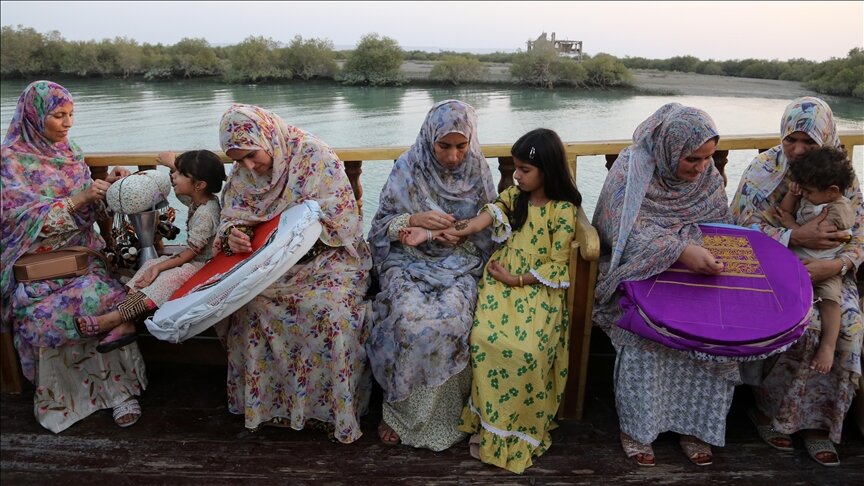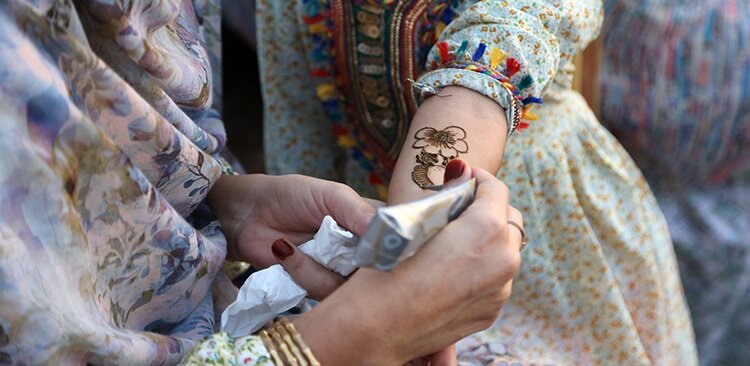Soheili village: a model of sustainable tourism in southern Iran

QESHM ISLAND - As a journalist focused on tourism and cultural heritage, my recent journey to Soheili village, located on the sun-kissed Qeshm Island in southern Iran, felt less like a reporting mission and more like uncovering a hidden gem with astonishing potential.
Nestled along the Persian Gulf, Soheili is not just another coastal village--it is rather a living showcase of sustainable rural tourism, where nature, culture, and community-led development come together in a rare harmony.
First glimpse
Arriving in Soheili, the vast blue expanse of the Persian Gulf, the swaying mangroves of the Hara forest, and the warm smiles of its children formed a vivid introduction.
But beyond its natural charm, I quickly recognized a powerful story unfolding. It was a community-centered story. As our local guide underlined, the village was experiencing a kind of environmentally conscious development. It was a collective effort by the locals aimed at placing the village firmly on Iran’s tourism map.
Interwoven with sea and culture
Every guest who steps foot in Soheili is not just a tourist but a temporary member of a living culture, gently guided to respect the land, sea, and spirit of the place.What makes Soheili exceptional is its interconnected tourism value chain, which is a rare model in rural Iran. Here, the sea is not only a source of food but also of adventure. Daily fishing expeditions, dolphin-watching tours, and boat rides in the UNESCO-registered Hara mangrove forests bring both livelihood and leisure into one ecosystem.
The freshly caught seafood finds its way to local restaurants and guesthouses, where visitors, often just back from exploring the mangroves, are treated to authentic, home-cooked southern Iranian cuisine.
From the sea to the table, tourism here is not a detached industry but a living, breathing part of daily life.
Ecotourism as a catalyst for growth
In recent years, due to a communal struggle of its residents, the village has witnessed an impressive boom in eco-lodging and hospitality infrastructure such as 41 rural guesthouses, 11 seafood restaurants, 130 motorboats for tours and fishing, 12 waterfront pavilions (alachiq), 6 traditional-shaped leisure ships (lenj), a local anthropology museum, and over 30 handicraft stores, mostly operated by local women.
It was interesting that such progress was not the result of top-down development but rather a people-powered movement, deeply rooted in cultural preservation and environmental stewardship.
A model of community-led tourism
What stands out most in Soheili is the active participation of the local community, especially women and youth.
Those were somehow evident from crafting souvenirs and guiding eco-tours to managing guesthouses and teaching tourists about traditional ways of life.
Even Soheili’s tourist port is now managed by the village council, an economic empowerment that has translated into zero unemployment in the village.

Photo by Fatemeh Bahrami/AA

Soheili’s cultural soul
Beyond its economic story, Soheili is rich in cultural expressions. For instance, early in the morning on the second day of our trip, I watched villagers lead and even force their camels into the sea to bathe! For them, it was just a routine, but for us, the tradition called Hammam-Oshtoran was an interesting experience.

The distinctive local dress, the aroma of traditional seafood stews simmering in clay pots, and the rhythmic songs echoing from fishing dhows at sunset…. These are not tourist performances, but authentic slices of life.
It is no surprise that Soheili is now being called a gastronomic tourism destination in the heart of Qeshm Island.

Training for tomorrow
There is an undeniable sense of ambition here. Young people are learning English, digital marketing, and sustainable tourism management. Their eyes are set on the world, but their roots remain planted in Soheili.
What is very important is that their efforts are backed on the one hand by the Qeshm Free Zone Organization, which is a powerful governmental body on the vast island, and on the other hand, by the Ministry of Cultural Heritage, Tourism, and Handicrafts.
Preserving while progressing
Another notion that was imposed there was a sense that Soheili is acutely aware of its ecological sensitivity. Development here is approached with care. From using eco-friendly building materials to preserving the delicate mangrove ecosystem and educating visitors about biodiversity and conservation, the village aims to grow without compromising its essence.
Every guest who steps foot in Soheili is not just a tourist but a temporary member of a living culture, gently guided to respect the land, sea, and spirit of the place.
Toward a sustainable future
Soheili’s story is not about mass tourism. It is about a new vision for rural destinations in Iran--a vision that balances ecology with economy, tradition with innovation, and local identity with global access.
If this path continues with community involvement, supportive policies, and mindful investment, Soheili may well become a global prototype for sustainable village tourism. And in doing so, it will not only transform its own destiny but also inspire countless other villages across Iran and even beyond.
AM
Leave a Comment